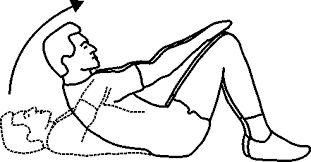FUERZA
Es la capacidad para realizar un trabajo físico o un movimiento así como un esfuerzo para sostener un cuerpo o resistir un empuje .
Hay 3 tipos de fuerza que conocemos:It is the aptitude to realize a physical work or a movement as well as an effort to support a body or to resist a push.
There are 3 types of force that we know:
FUERZA- RESISTENCIA:
Capacidad para mantener un esfuerzo muscular, con una intensidad media o máxima durante el mayor tiempo posible
FORCE - RESISTANCE:
Aptitude to support a muscular effort, with an average or maximum intensity during the major possible time
FUERZA EXPLOSIVA:
Se define como la mayor fuerza que actúa en el menor tiempo posible. Se basa en generar la mayor cantidad de fuerza posible en el menor tiempo sin perder la eficiencia
EXPLOSIVE FORCE:
It is defined as the major force that acts in the minor possible time. It is based in generating the major quantity of possible force in the minor time without losing the efficiency
FUERZA MÁXIMA
Es la carga que un individuo puede desplazar en un movimiento sin tener en cuenta el tiempo empleado en ello
capacidad para mover el máximo peso durante una sola repetición en un ejercicio. Grado máximo de tensión que puede generar un músculo durante un esfuerzo
It is the load that an individual can displace in a movement without bearing in mind the time used in it


capacidad para mover el máximo peso durante una sola repetición en un ejercicio. Grado máximo de tensión que puede generar un músculo durante un esfuerzo
MAXIMUM FORCE
It is the load that an individual can displace in a movement without bearing in mind the time used in it